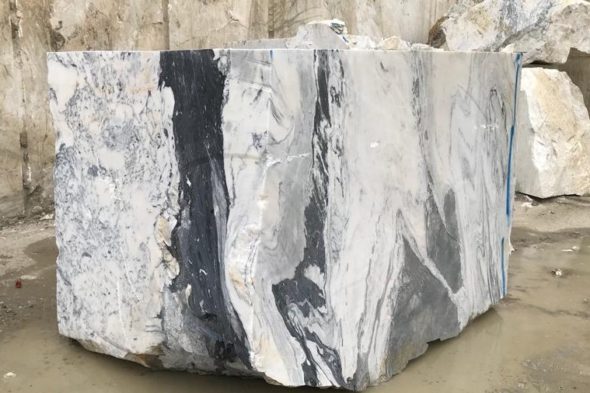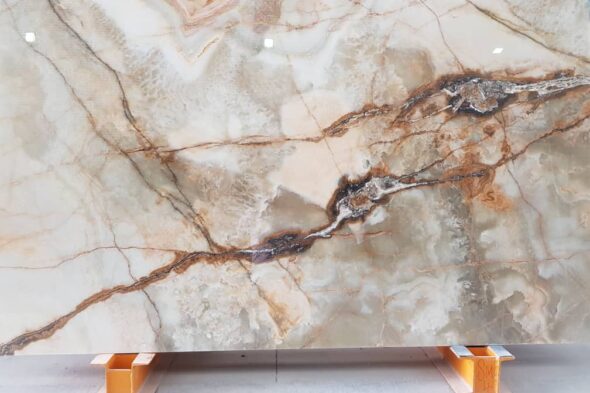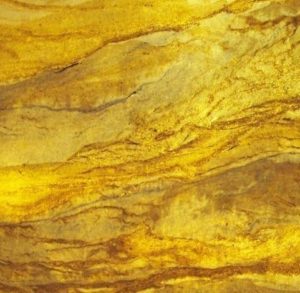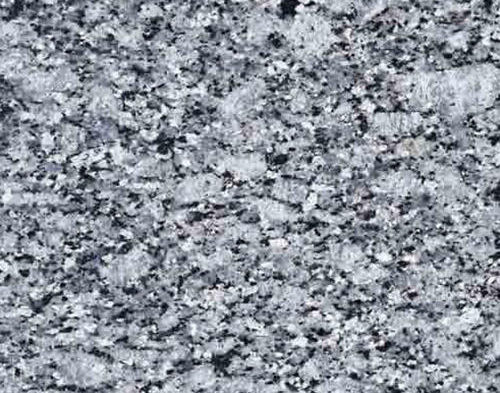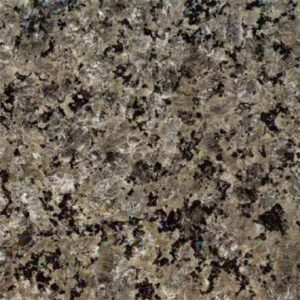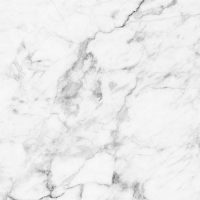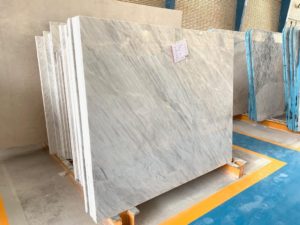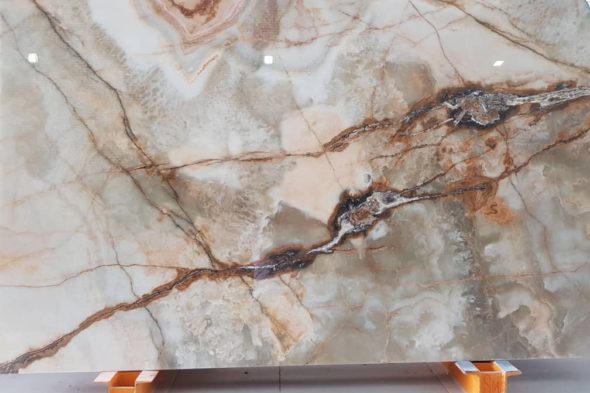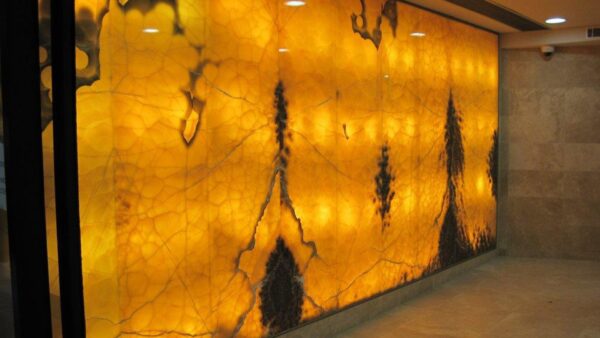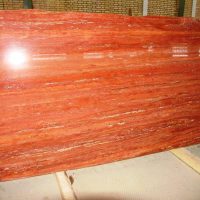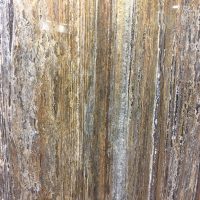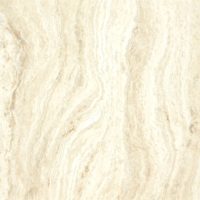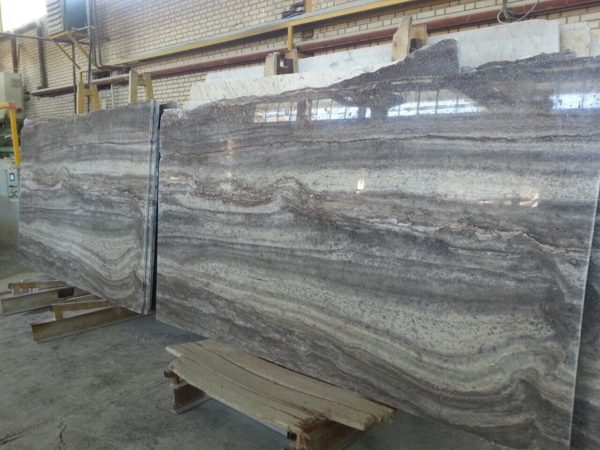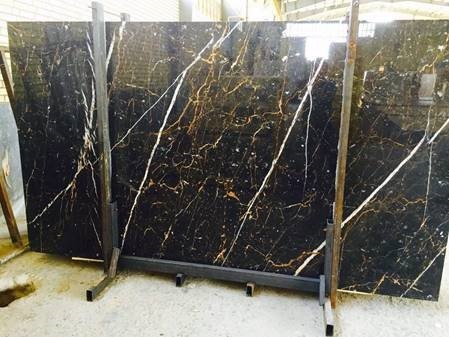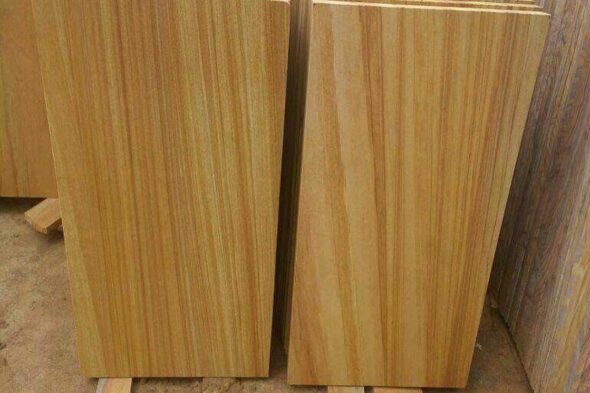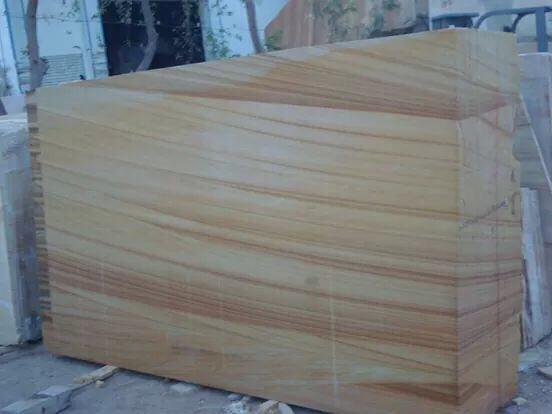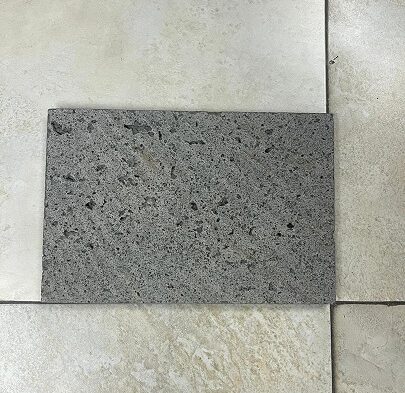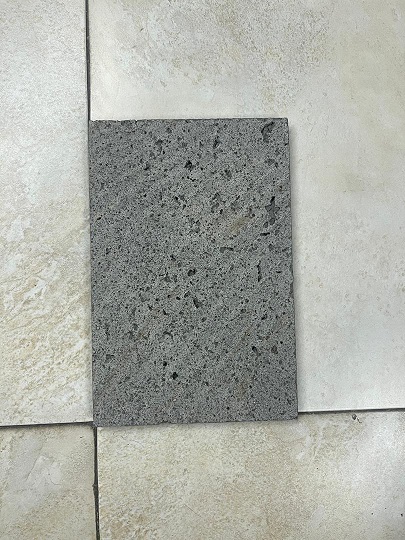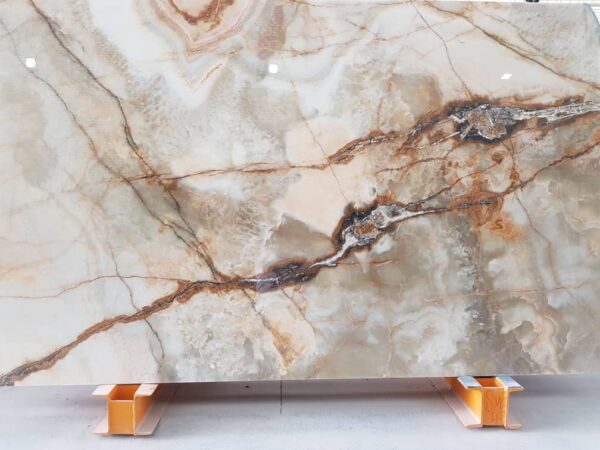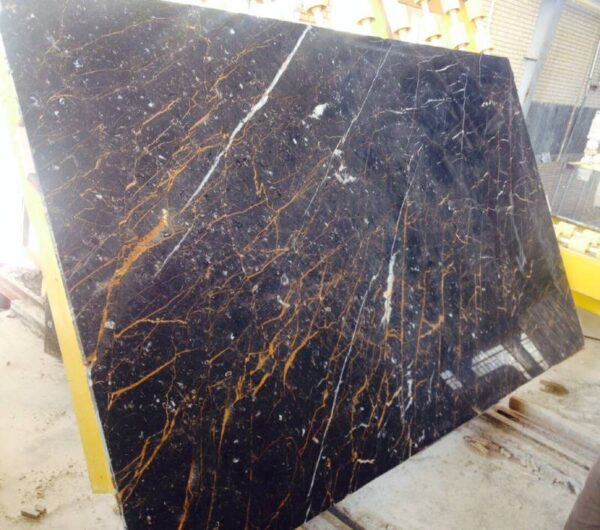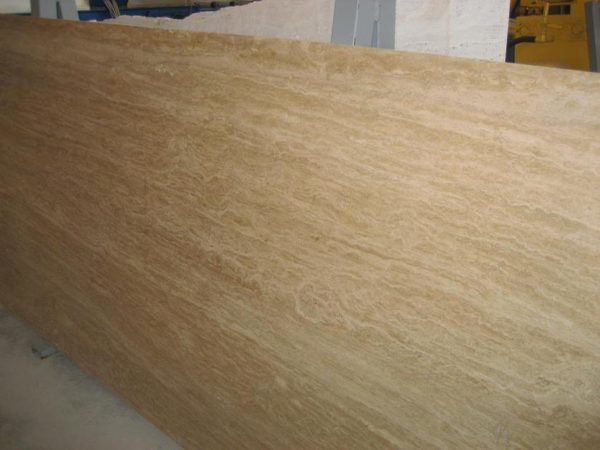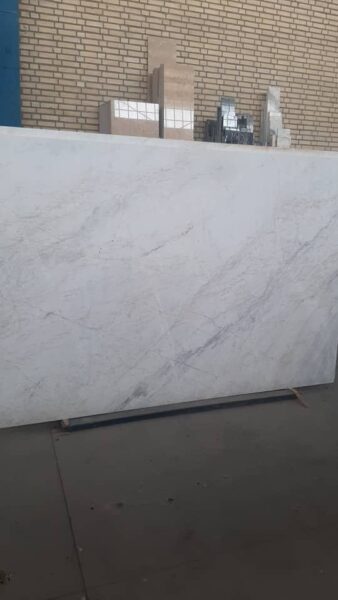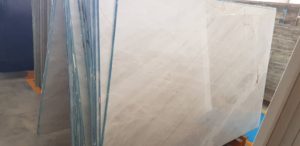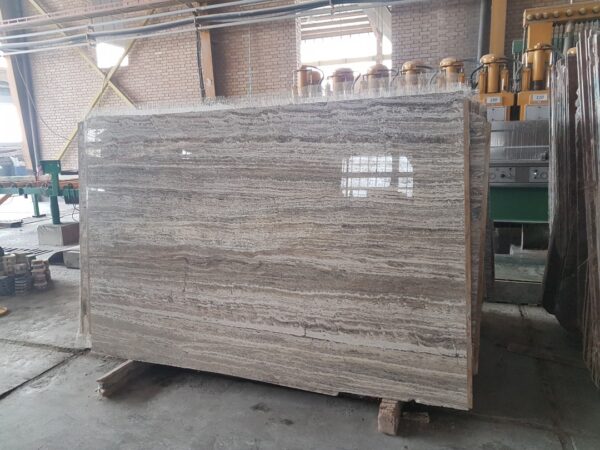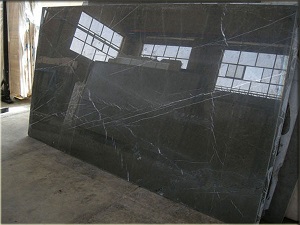A Comprehensive Overview
The Role of Marble Stone Exporters in the Global Market
Marble stone, renowned for its elegance, durability, and versatility, has been a favored material in architecture and design for centuries. From luxurious flooring to stunning sculptures, marble adds a timeless beauty to various applications. The marble export industry plays a vital role in meeting the global demand for this exquisite natural stone. This article explores the landscape of marble stone exporters, highlighting key players, market trends, and future prospects.
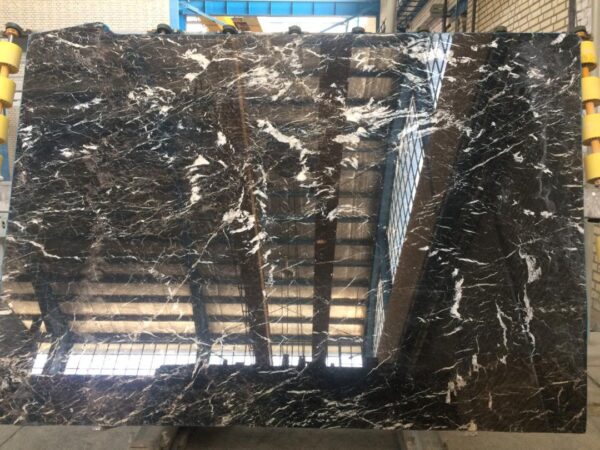

Understanding the Global Demand for Marble Stone
The demand for marble stone is fueled by several industries, making it a lucrative market for exporters:
- Construction and Architecture: Marble is widely used in the construction sector for flooring, countertops, and facades. Its aesthetic appeal and durability make it a popular choice for both residential and commercial projects.
- Interior Design: Designers favor marble for its versatility in creating elegant interiors. Marble slabs and tiles are often used for walls, floors, and decorative elements, enhancing the beauty of homes and offices alike.
- Art and Sculpting: Marble is a traditional medium for artists and sculptors. Its ability to be finely polished and carved allows for the creation of intricate artworks, making it highly sought after in the art community.
Key Marble Stone Exporting Countries
Several countries are recognized as major exporters of marble stone, contributing significantly to the global supply:
- Italy: Renowned for its high-quality marble, Italy is a leading exporter in the industry. Italian marble, such as Carrara and Calacatta, is synonymous with luxury and elegance, making it highly sought after in international markets.
- Turkey: Turkey is another significant player in the marble export market. With abundant reserves and diverse color options, Turkish marble appeals to a wide range of buyers looking for quality and affordability.
- India: India is known for its extensive variety of marble, including the famous Makrana marble. The country’s skilled craftsmanship and competitive pricing have positioned it as a key exporter in the global market.
Trends Influencing the Marble Export Market
Several trends are shaping the marble export landscape:
- Sustainability: As environmental concerns rise, the demand for sustainably sourced materials has increased. Marble exporters that adopt eco-friendly practices in quarrying and processing are gaining favor among buyers.
- Technological Advancements: Innovations in quarrying and processing technology have improved efficiency and product quality. Advanced cutting and polishing techniques enable exporters to create intricate designs that meet modern design standards.
- Customization: As consumer preferences shift towards unique and personalized products, exporters are adapting by offering customized marble solutions. Tailoring products to meet specific client requirements can enhance marketability and customer satisfaction.
Challenges Faced by Marble Stone Exporters
While the prospects for marble exporters are promising, several challenges must be addressed:
- Intense Competition: The marble export market is competitive, with numerous countries vying for market share. Exporters must differentiate themselves through quality, service, and sustainability to succeed.
- Logistical Issues: Transporting heavy materials like marble can be logistically challenging. Exporters need to develop efficient supply chains to minimize costs and ensure timely delivery.
- Regulatory Compliance: Navigating the complex regulatory landscape in both exporting and importing countries can pose challenges. Exporters must stay informed about tariffs, quality standards, and environmental regulations to avoid penalties and delays.
Future Outlook for Marble Stone Exporters
The future of marble stone exporters appears bright, driven by ongoing global demand and emerging market trends. As urbanization continues and investment in infrastructure projects grows, the need for high-quality marble will remain strong. Exporters focusing on sustainability, customization, and technological innovation will be well-positioned to capitalize on these opportunities.
https://www.rockstone.biz/marble-export-to-india/

